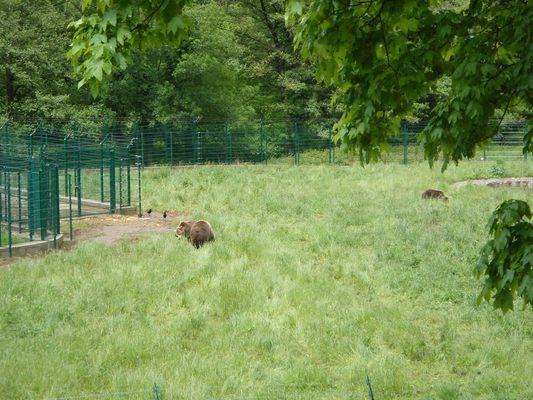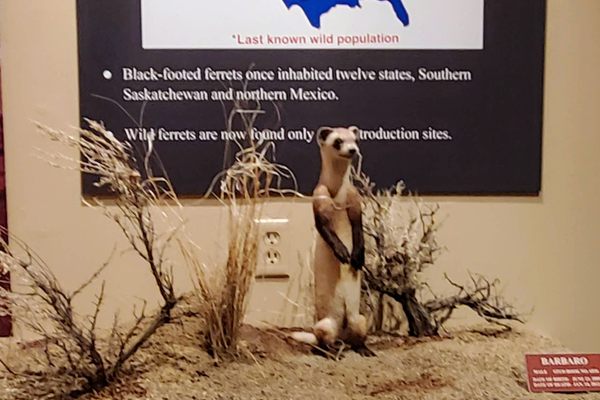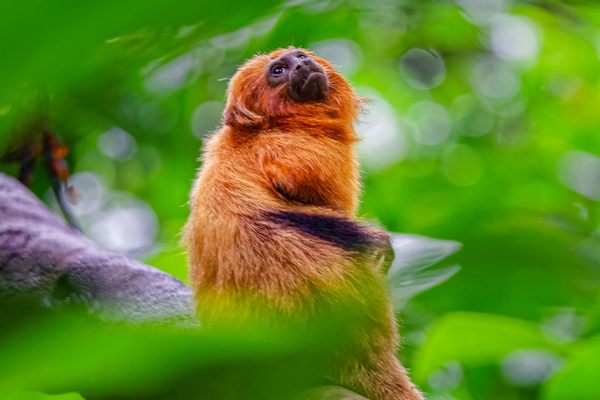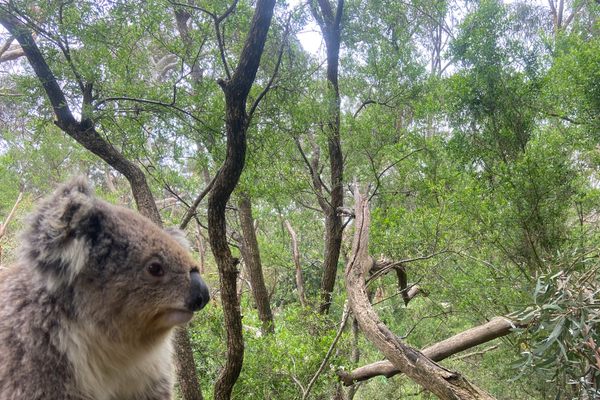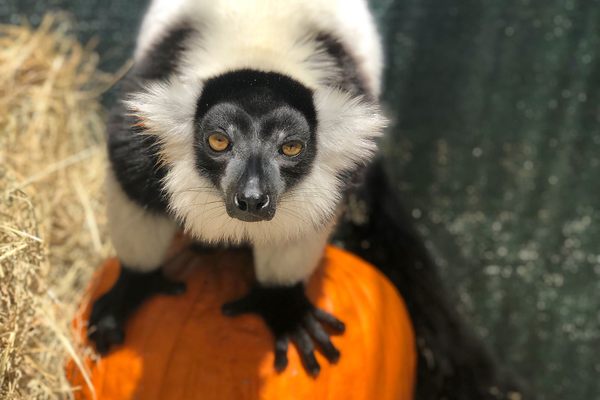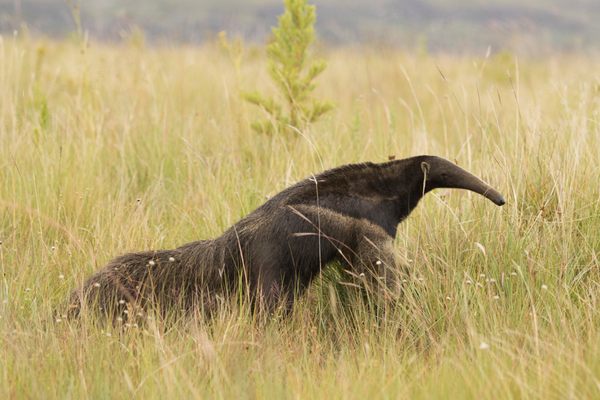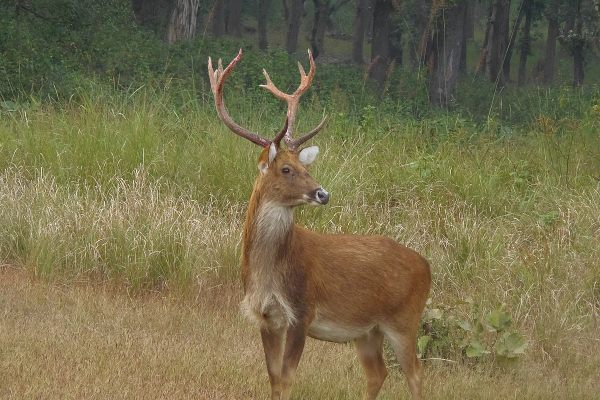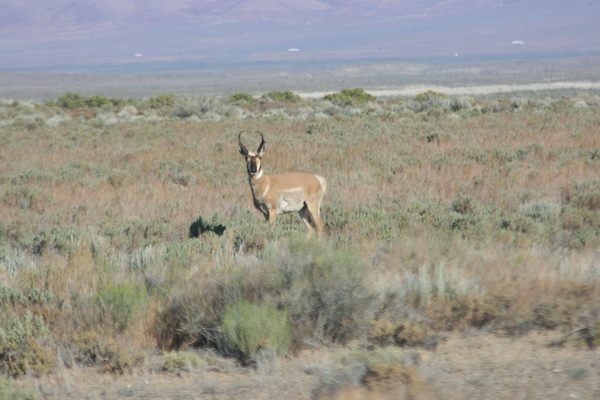About
In 1989 in the Asturias region of northwest Spain, police were informed of a man living in a rural village who had killed a mother brown bear and taken the cubs to keep in his home as a novelty. The police arrested the man and he was given a jail sentence for killing an endangered species. The cubs, two females, were confiscated and taken to the headquarters of a wildlife conservation NGO where they were cared for by a team of biologists until 1996. The team named the bear sisters Paca and Tola.
Unfortunately, due to their extensive habituation to human beings, it was impossible to release Paca and Tola back into the wild as adults, since they would not know how to hunt or even interact with their own species. Another concern was that the bears would likely enter towns in search of food or company, and could potentially be dangerous due to their lack of fear of humans. It was decided the only viable option for Paca and Tola was to live out their days in captivity in a naturalistic setting under the care of veterinarians and biologists, and serve as ambassadors for their species.
Conservationists believed it was important for the local communities to be able to visit the animals, for the sake of education programs supporting the conservation of the Cantabrian brown bear and its habitat. And so a series of five huge interconnected enclosures were built comprising various mountainside habitats to house the orphaned bears. The 10-acre compound was designed so the animals could live as naturally and stress-free as possible under the circumstances, by roaming between forest and meadow habitat and different microclimates, with plenty of trees where the bears can hide from people if they choose.
The bears soon became fond favorites among the local residents, and remain so today. Visitors are welcome to hike or cycle up the Senda del Oso (Bear Path) to the Cercado Osero (Bear Enclosures) to see the animals and enjoy a picnic in the mountains.
There is also an education center nearby called Casa del Oso (House of the Bear), which chronicles the history and cultural significance of the brown bear in Northern Spain. The museum includes exhibits on the ecology, conservation, and cultural and folkloric history of the bears of Cantabria. Visitors to the center may see the skeletons of bears and their prey, vicious looking foothold traps that were once used to hunt the bears, and find out about how conservationists go about resolving the challenges of protecting the bear and mitigating human-wildlife conflict.
While the bear paths continue to be open to the public, visitors today won't see the same two bears that were first rescued. In 2018, at the advanced age of 29 years old (about 80 years old in bear years), Tola died. But as of 2019, Paca still lives here, and now shares her enclosure with a younger she-bear named Molina, who was also rescued as an orphan.
Related Tags
Know Before You Go
The education center and bear enclosures are open every day from 10 a.m. to 2 p.m. and 4 p.m. to 6 p.m. As the enclosures are very large it can sometimes be hard to spot the bears, especially around midday when they typically take a siesta in the forest. But if you remain quiet and patient and bring binoculars, you stand a very good chance of seeing them. As the signs state, please don't respond to the bears' begging by feeding them (this is common behavior for bears in captivity and is not the result of any kind of "training"), as they are fed a balanced and healthy diet by their keepers and human foods can be harmful.
Community Contributors
Added By
Published
May 23, 2019


